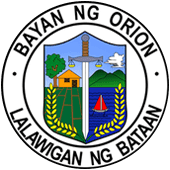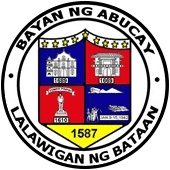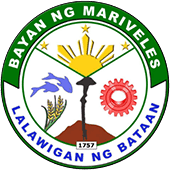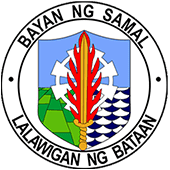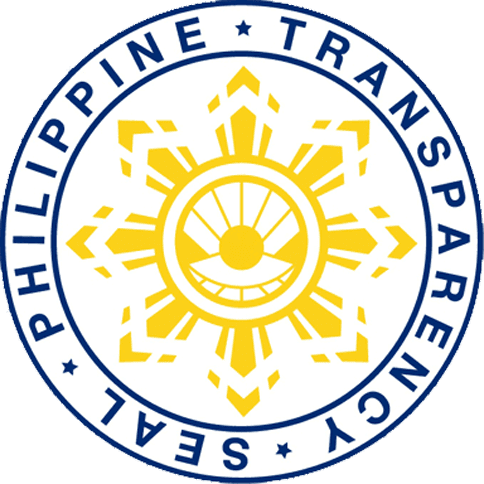Orion
- Home
- Orion
A Brief History of Orion
Legend
People of this town had known many stories of how Orion got its name. Some folks say that Udyong was the first name adapted by this town. It came from the words “lu-ad” and “uryong” which meant muddy, because of the fact4 that the place was muddy and swampy during those times.
Another popular story was that during the Spanish regime, some Spanish soldiers happened to pass by this town. They did not know the name of the place so they asked the people they saw in the ricefields. One of the soldiers pointed his finger to the ground and asked “Que es el llama pueblo”. Not understanding Spanish the people thought that the soldier was referring to something he saw on the ground that happens to be a worm. The hurriedly answered “uod yon”, referring to the worm. When the soldiers heard the word, they thought that the citizens were referring to the name of the town, and left the place numbling to themselves. “Uod, uod yon”. Thus, the town was known as Udyong and was later changed to Orion.
Background
The date of official recognition of the municipality of Orion could not be ascertained, however, records showed that this municipality was founded by a Dominican on April 30, 1667. On September 16 , 1852, a strong earthquake shook the whole archipelago and caused the destruction of the parochial church and was later rebuilt by Fr. Ulpiano Herrera, the parish priest of the place at that time. In 1892, forty years later, a big fire practically burned the whole town, that only three houses remained safe. It was Fr. Jose Campomanes who tried to reconstruct the town from the ashes and ruins of the fire and transformed it into a beautiful and prosper one. This was the beginning of the progress.
Elected Officials
Mayor: Antonio L. Raymundo Jr.
Vice-Mayor: Rex Joseph R. Fuster
Sangguniang Bayan Members:
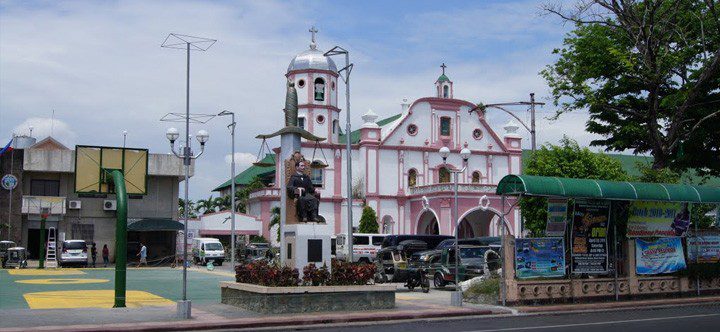
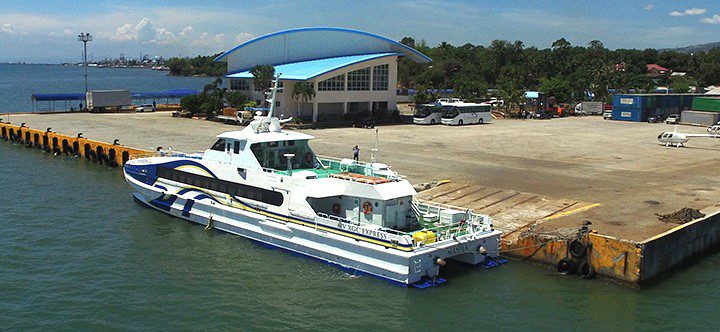
Contact Us
PRESENT
The town of Orion has contributed a great man to the country in the form of Don Cayetano Arellano, The first Chief Justice of the Supreme Court, how was born in this town on March 2, 1847.
Another hero was Francisco Balagtas, greatest Filipino poet and author of the renowed “Florante at Laura”. He married Juana Tiambeng, a pretty lass of Orion, and lived here from July 1842 to February 1862.
FAST FACTS
It is 132 kilometers from Manila and approximately 31.2 nautical miles across Manila Bay. It is about 8 kilometers from Balanga, the provincial capital, and bounded on the north by Pilar and Limay on the south.
Orion encompasses a land area of 6,541 hectares, encompassing 23 barangays within its borders. According to data collected in May 2020 (2021 SOCIO-ECONOMIC PROFILE 2023), the municipality boasts a population of 60,771 residents, with a calculated annual average growth rate of 1.736%. Projections indicate that the population of Orion is expected to reach 63,991 by 2023.
UTILITIES AND AMENITIES
Readily accessible through mini-buses and jeepneys coming from Balanga, and nearby municipalities. It can also be reached through the ferry services coming form the North Harbor in Manila.
The Philippine Long Distance Telephone Company (PLDT) services about 70% of the telephone subscribers in Orion while postal services are provided by the Philippine Postal Corporation.
The Penelco Substation is the sole provider of electricity in the municipality.
The Orion Water District supplies sufficient potable water to all barangays.
Orion, is home to a diverse range of institutions and attractions (2021 SOCIO-ECONOMIC PROFILE 2023). In terms of financial services, there are 7 banking institutions present within the municipality. The education sector is well-represented, with a total of 23 schools – 17 of which are public and 6 of which are private. In terms of healthcare, the municipality boasts 1 Rural Health Unit, 2 Medical & Laboratory Clinics, 3 Dental Clinics, and 3 Optical Clinics. For leisure and recreation, the municipality offers a plethora of options, including 9 inland resorts and 12 popular tourist destinations, catering to a wide range of interests and activities.
INVESTMENT OPPORTUNITIES
The town of Orion is located on major highways along the Port of Manila. The ease of access to transportation routes makes it ideal for logistics and warehousing-related investments as well as opportunities for production of electronics, food and beverages, textiles, and other manufacturing industries.
Agribusinesses, including food processing, storage, and distribution systems can also be explored in this town.
The Bunker
@ The Capitol Compound
Tenejero, Balanga City, Bataan 2100
Mon – Fri: 8:00 am – 5:00 pm

